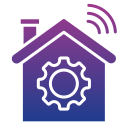Live Smarter, Stay Safer: Security and Privacy in AI‑Enabled Household Devices
Understanding the Smart Home Threat Landscape
AI‑enabled devices capture voice snippets, motion clips, floor maps, energy patterns, and device identifiers. Much of this telemetry can flow to cloud analytics, third‑party processors, and mobile apps, influencing recommendations, updates, and sometimes advertising. Knowing the paths is step one toward control.
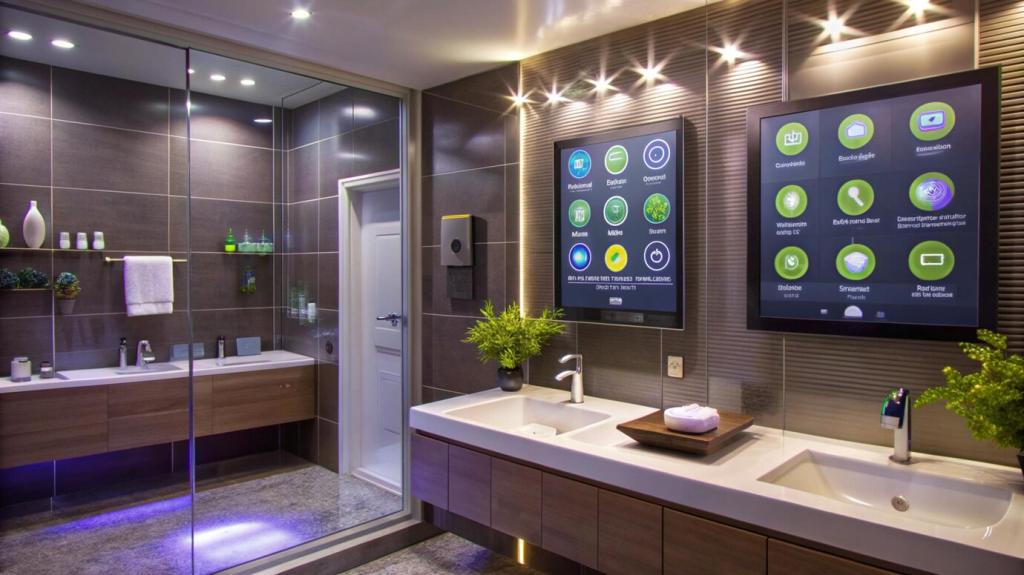
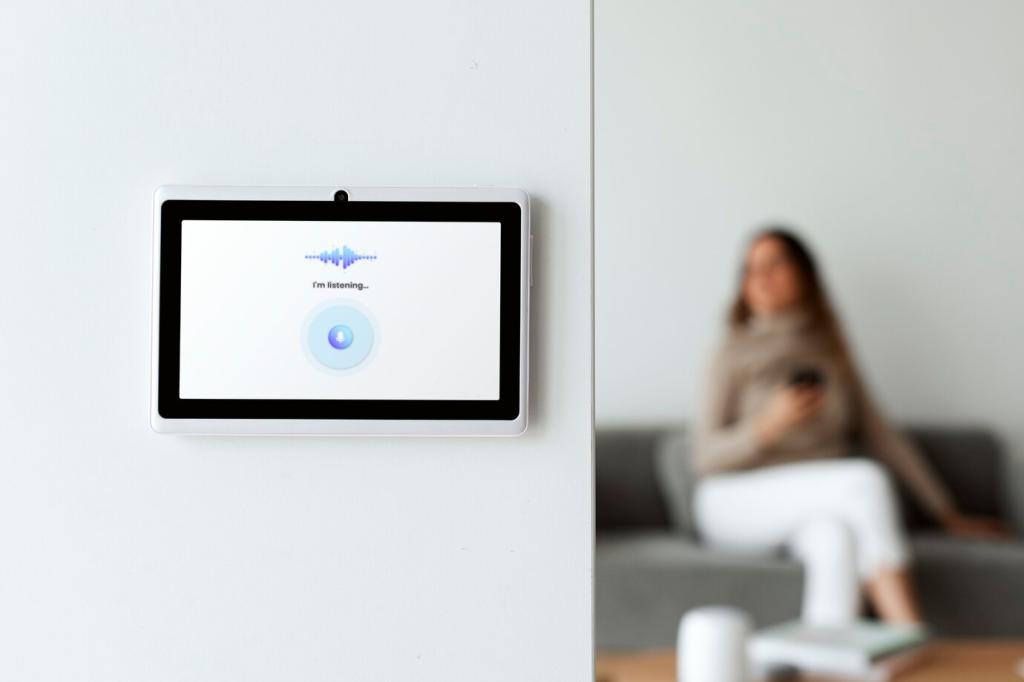
Understanding the Smart Home Threat Landscape
Most compromises start with simple oversights: weak or reused passwords, outdated firmware, exposed remote access, permissive UPnP, or insecure companion apps. Attackers chain small weaknesses, then pivot across your network. Reducing each risk surface meaningfully cuts the chance of cascading incidents.
Privacy by Design at Home
Collect only what you use, and use only what you need. Disable always‑on history when possible, prune voice logs, limit video retention, and anonymize analytics. Regular deletion policies and clear schedules turn intention into a habit that steadily reduces long‑term privacy risk.
Privacy by Design at Home
Favor devices that process voice, images, and automations locally. On‑device models shrink cloud dependence, preserve latency benefits, and keep sensitive data within your walls. When cloud is optional, flip the switch to local control for daily routines and only enable remote features selectively.
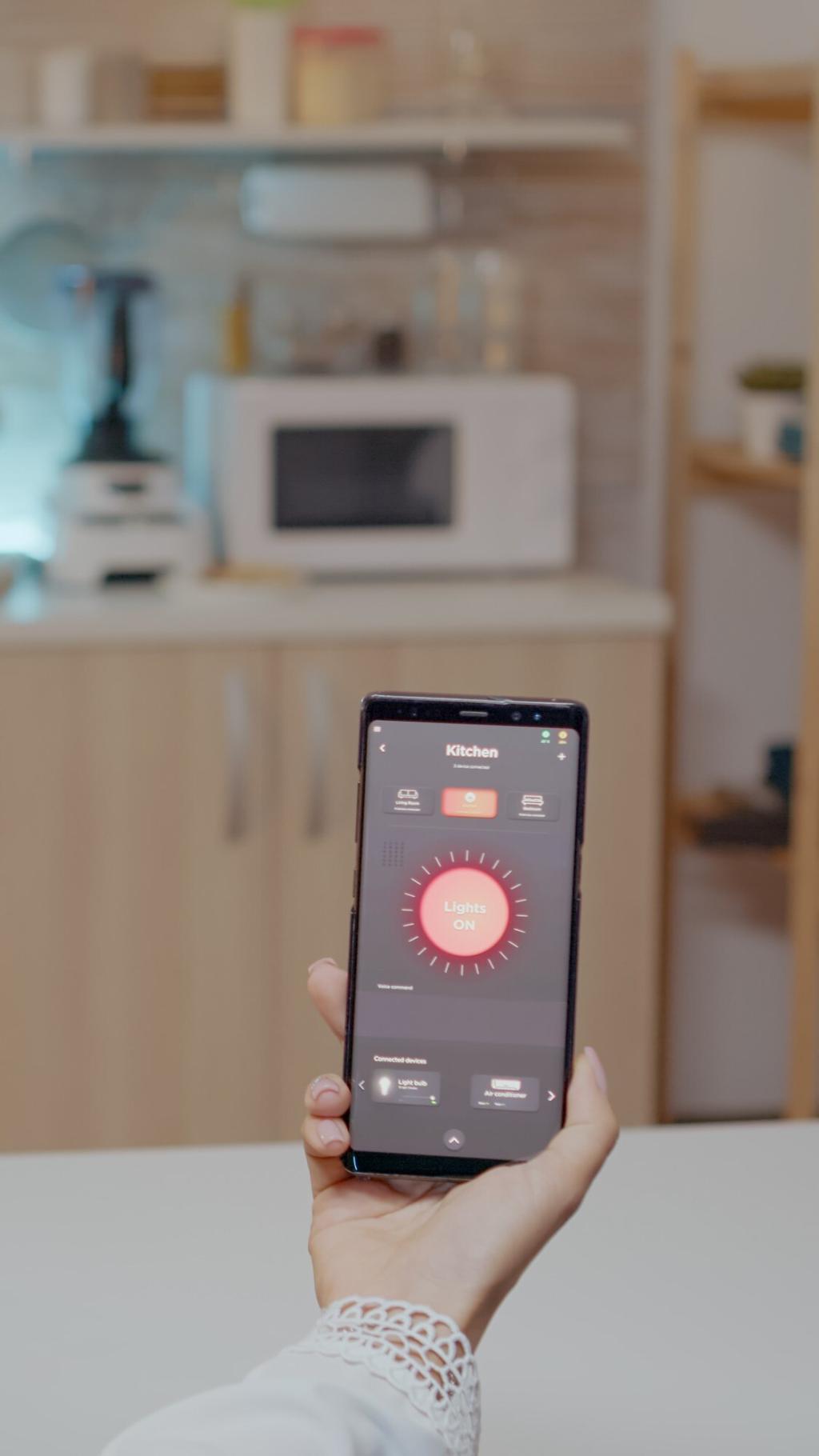

A Step‑by‑Step Security Hardening Plan
Place smart devices on a separate SSID or VLAN so a compromised camera cannot reach your laptop. Many home routers support a guest network—rename it clearly and use strong WPA3 if available. Isolation limits lateral movement and keeps sensitive devices off the same broadcast domains.
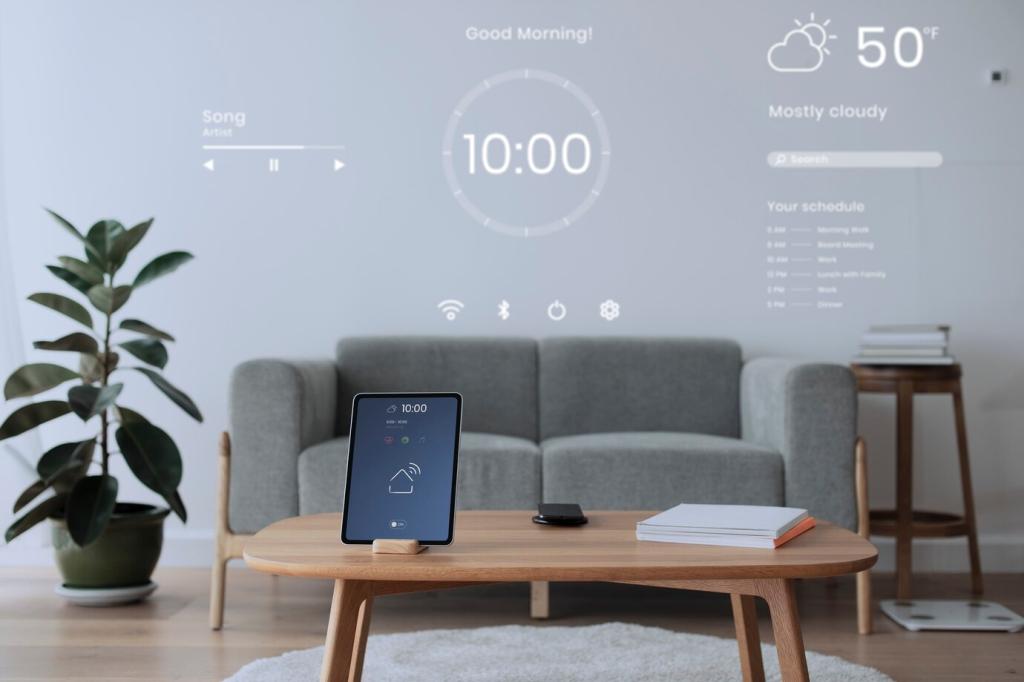

A Step‑by‑Step Security Hardening Plan
Turn on automatic firmware updates, disable UPnP, and reject unnecessary port forwards. Use a password manager to generate unique, long credentials for each device and cloud account. If available, enable DNS filtering or safe browsing at the router to block known malicious domains quietly.
Shared Spaces, Consent, and Trust
A simple card near the entry can list active cameras, microphones, and recording schedules. Offer a quick way to mute devices for guests. Transparency builds trust, reduces surprises, and shows you value people over features. Invite feedback so your rules evolve with real visitor needs.
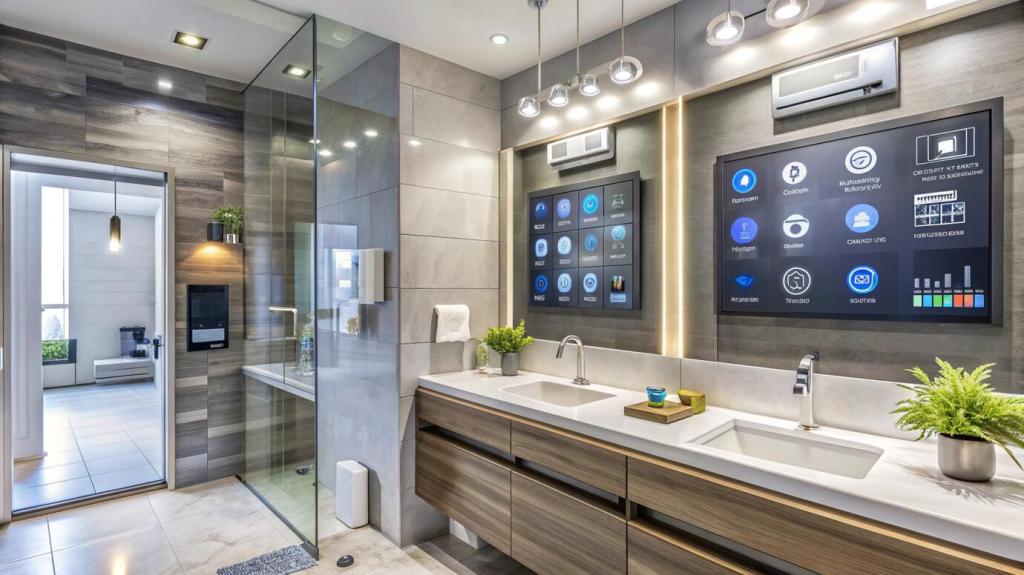
Buying with Confidence: Evaluating AI‑Enabled Devices
Signals of Security Maturity
Seek vendors with clear update policies, published support lifecycles, active vulnerability programs, and transparent changelogs. Independent testing, certifications, and responsiveness to disclosures show seriousness. If a company cannot explain how it patches devices, expect slow fixes when it matters most.
Reading Privacy Policies Without Numbness
Scan for what data is collected, who it’s shared with, retention timelines, and opt‑out controls. Ignore buzzwords; look for specifics. If the policy buries deletion steps or ties features to excessive data collection, consider an alternative that respects your boundaries from day one.
Open Standards and Local Control
Favor ecosystems that support standards like Matter or Thread and allow local interoperability. Open documentation, export options, and offline automations reduce lock‑in while strengthening resilience. Share products you trust in the comments to help others shop smarter and protect their households.
Spotting Red Flags Early
Watch for unusual device activity, unexplained LED behavior, new admin sessions in apps, or spikes in outbound traffic. Maintain an inventory of devices and screenshots of key settings so you can quickly compare normal versus suspicious behavior when something feels off.
Contain, Eradicate, Recover
Immediately disable remote access, move the device to a quarantined network, and change passwords. Factory‑reset when necessary, then update firmware before reconnecting. Review account access logs, revoke unknown tokens, and re‑enable only the integrations you truly need to reduce re‑exposure.
Learn, Document, Improve
Write a short post‑incident note: what happened, how it was detected, and what will change. Rotate keys, shorten retention windows, and adjust firewall rules. Sharing anonymized lessons with our community can help others avoid similar pitfalls while strengthening your own habits.
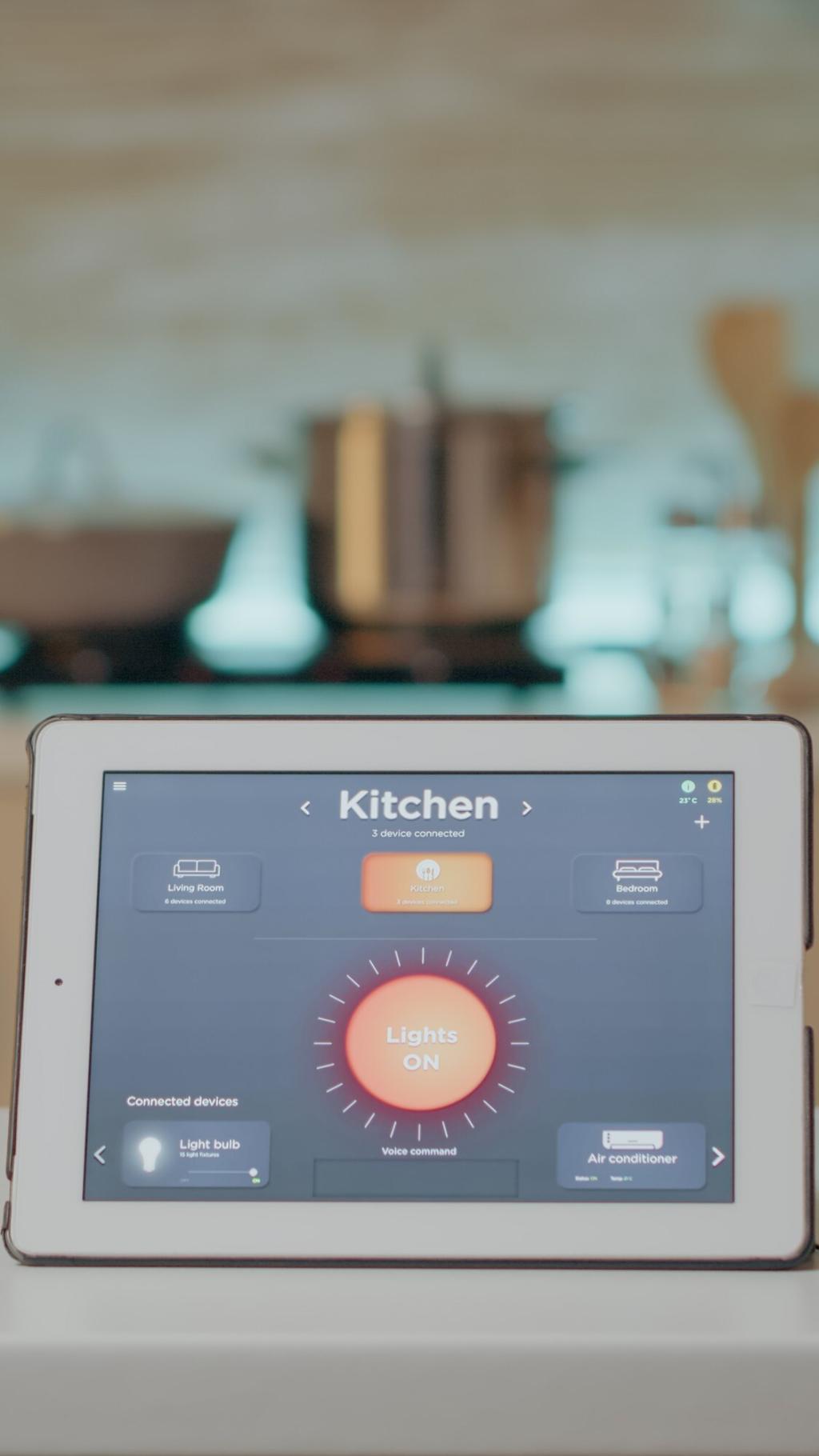
What’s Next: Edge AI and a More Private Home
Emerging devices improve models by training locally, sending only small, aggregated updates instead of raw data. This balances personalization and privacy. Ask vendors how they prevent reconstruction attacks and whether participation is optional, documented, and clearly controllable by households.
Adding carefully tuned noise to metrics helps products learn trends without revealing individuals. Expect more dashboards that are useful yet unintrusive. When buying, look for concrete parameters and opt‑outs instead of vague statements. Tell us which implementations you trust and why.
Hardware root of trust, encrypted storage, and memory‑safe firmware are becoming baseline. Local voice wake, private presence detection, and offline routines will reduce data exhaust. Subscribe to follow our hands‑on tests as these protections arrive in doorbells, cameras, vacuums, and hubs.
